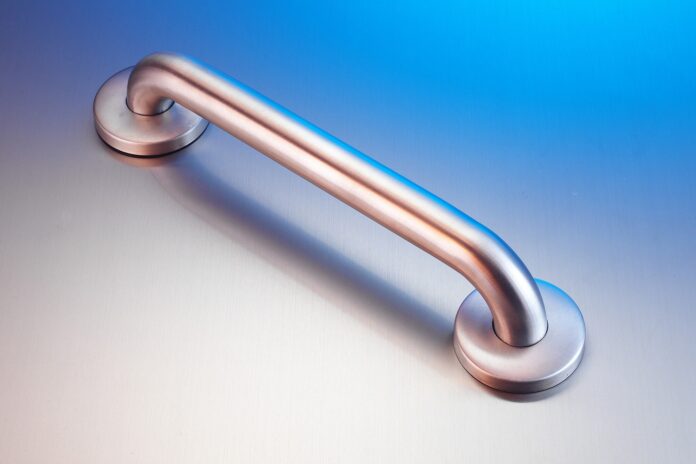For those of you who are new to Grab Bars or Grab Rails, these are disability aids that are used in the bathing, toileting or other areas of the house especially where a user needs to navigate a sudden change in floor levels.
Generally fitted on the wall using screws, grab bars help the user to feel more sturdy on their feet or provide them with extra support that they need.
Grab bars have come a long way with a lot of manufacturers now paying attention to not only the needs of the user but also the overall styling of the environment (bathing and toileting areas) where they are placed.
According to Evekare, there are actually some grab bars available that blend in so well with the bath or toileting areas that you will not be able to make out that it is actually a grab bar.
Here are some innovative options you will find if you happen to go shopping for grab bars:
LED Grab Bars
Some grab bars you will find will include a LED light that is sound-activated. This is quite useful for users who are vision-impaired as it reduces the probability of slips and falls. You will also find many different options when it comes to choosing the right colour and finish.
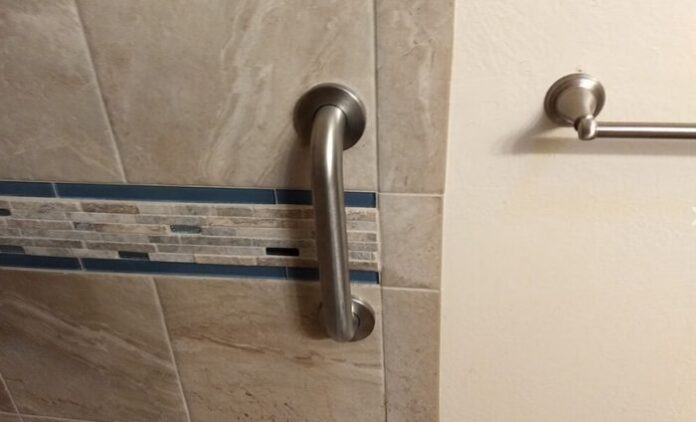
Grab Rails with Towel Holders
These dual-functionality grab rails come fitted with a towel holder. When not in use, it is not easy to tell if you are actually looking at a grab rail. It blends in quite well!
Glow-in-the-dark Grab Bars
Constant research and development by manufacturers has led to innovation beyond imagination. You will also find grab rails that actually glow in the dark. Again a great option for vision-impaired users.
Grab Rails with Toilet Roll Holders
A grab rail that works as a toilet roll holder and a grab rail at the same time. This is good for users who do not require too much or complete support to rise up from a toilet seat.
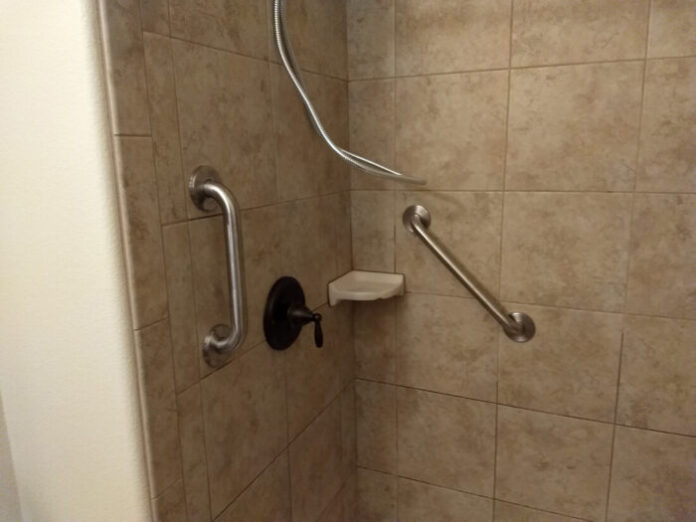
Grab Bars with Shelves
Designed for the bathing area, these grab bars come fitted with a glass shelving that can be used to place toiletries. Again, these are not recommended for users who require full-body support whilst standing in the shower but rather need something to hold on to in order to feel more sturdy on their feet.
Portable Grab Bars
These grab bars are generally made using ABS plastic and are attached to the walls using a strong suction cup rather than screws, making them light therefore allowing the user to carry them around.
It should be noted that portable grab bars are only meant to take partial body-weight and are meant for users who don’t require full support to get on and off a toilet seat or while showering.
Other than the more innovative styles as discussed above, you will find some other grab bars in the market which include:
Straight Grab Bars
These type of grab bars are the most common type you will find. simply a straight metal or wooden rod that is attached to the wall in strategic locations in order to allow users to grip on as and when required.
Recommended for users who require full-body support in order to maneuver themselves from a sitting to standing position or vice versa.
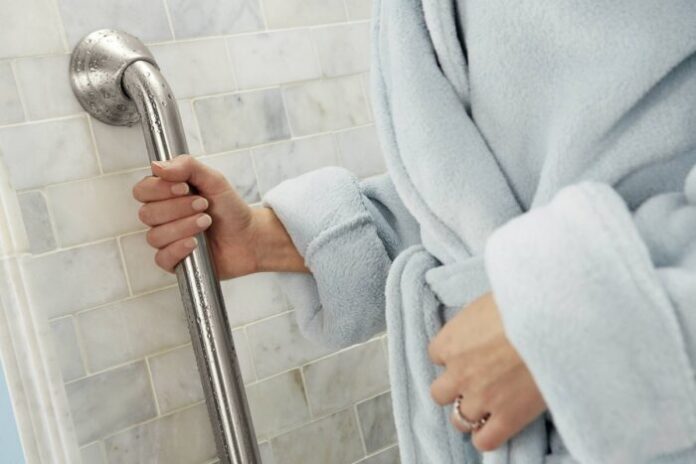
Angled Grab Bars
Come in 2 variations i.e. either a 45-degree or a 90-degree angle. This allows the user to use their elbow/arm to lean on the grab bar. Specifically designed for users who have a weak wrist or have a wrist condition.
Flip Up Grab Bars or Hinged Grab Bars
Also known as drop-down or hinged grab bars, these grab bars are designed for users who require more support. These type of grab bars are placed on either side of the toilet bowl and allow the user to use both their arms to sit and raise their body from the toilet seat.
Bath Support Arm
Generally built using ABS plastic, these grab bars are clamped to the side-wall of a bathtub and can be used by the user as support to go in and out of a bathtub.
What should you look for while purchasing grab bars?
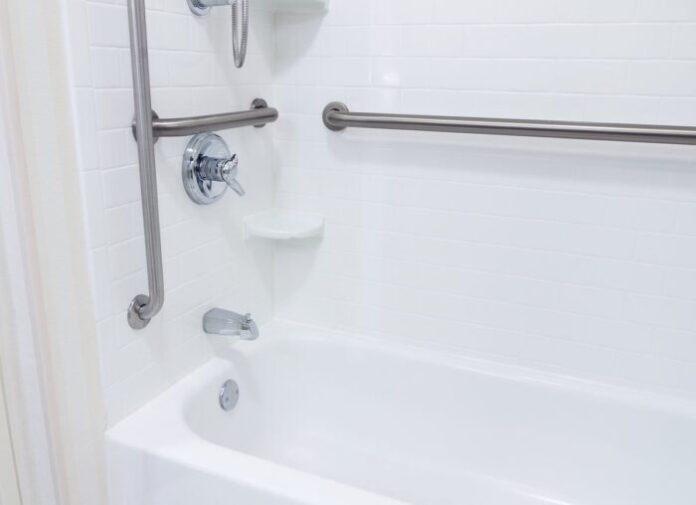
Build Material
The most commonly used materials used to construct grab bars include brass, stainless steel and aluminium.
Diameter
Diameters can range from 28 mm (1 inch) to 40 mm (1.5 inches). Therefore it is important that the user tests the grab bar prior to purchasing one.
The user should get a comfortable grip on the bar because they will be using the disability aid to put their complete bodyweight.
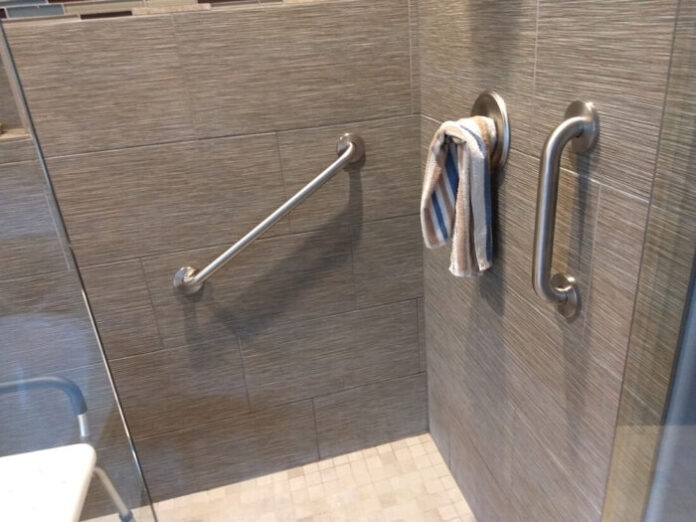
Length
Lengths of grab bars can vary as well, therefore, it is important that you take measurements of the wall where the grab bar will be installed.
Installation Method and Costs
Take a note of the construction material of the wall where the grab bar will be installed. This will determine the installation method to be used and the costs involved to install if you plan to use a trained professional.
It is highly recommended that a trained professional installs a grab bar because it will be used by an elderly or disabled individual and safety is of paramount importance.
Weight-Taking Capacity
Different grab bars have a different weight-taking capacity, therefore, it is important that you check this information before buying a grab bar.
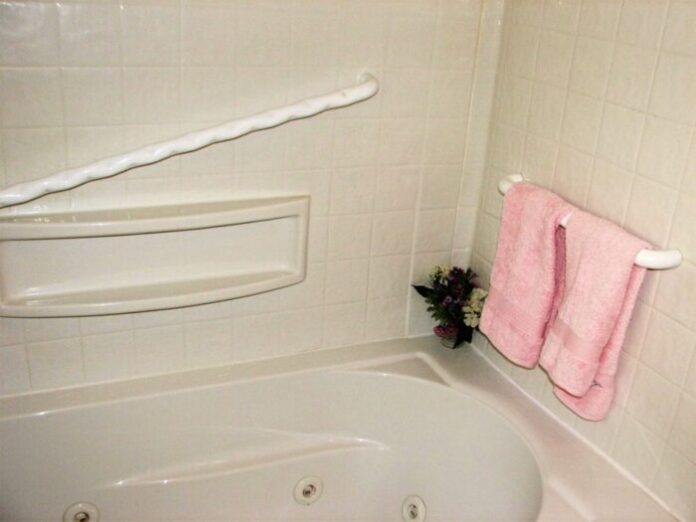
Texture
The surface of a grab bar can range from smooth to textured, each with its own pros and cons. The most important thing is that the user should feel comfortable while holding the grab bar.
Colour and Finish
You will find a number of options when it comes to the finish and colour of the grab bars including white, silver, matte black, polished stainless steel, gold, gunmetal, knurled and more.
There is just no way that you cannot find a grab bar to suit the existing style of your bathroom and the needs of the user.
Some final words, given that there are so many different options to choose from and that you need to consider a number of points to zero down on the best grab bar for your needs, it is best that you consult a trained professional such as an occupational therapist to help you with the best option given your individual needs.

